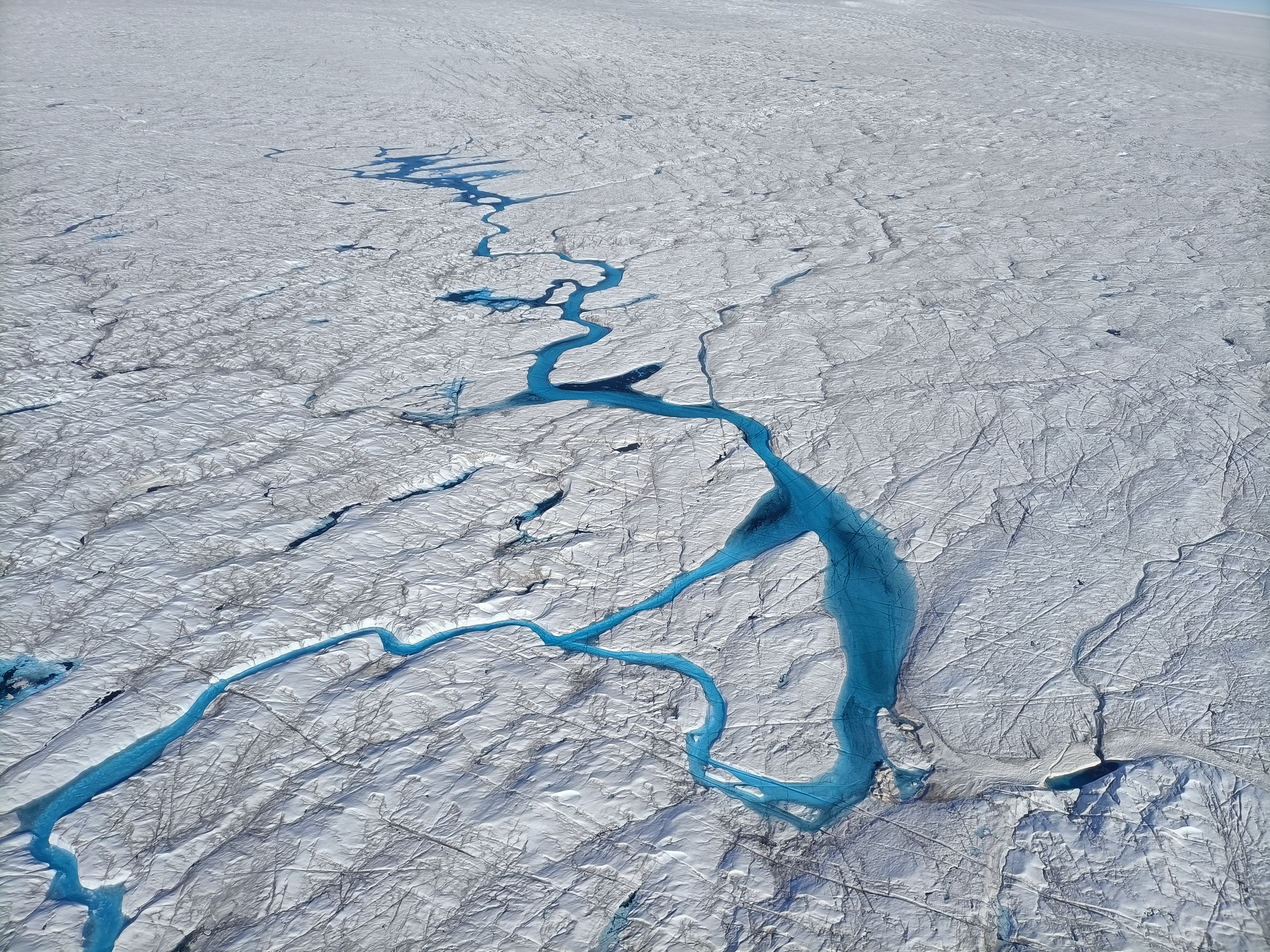Climate change is a global phenomenon with concrete effects on the daily lives of all of us. Among its most evident consequences is the progressive and unstoppable melting of glaciers, which leads to repercussions both locally and globally: from droughts to extreme weather events to reduced biodiversity.
This is the context for the studies of Dr. Paolo Colosio, a research fellow at the Department of Civil Engineering, Architecture, Territory, Environment, and Mathematics (DICATAM) at the University of Brescia, part of the water resources research group coordinated by Prof. Roberto Ranzi. After studying the melting of the Greenland ice sheet during his time at UniBs and later at Columbia University, Dr. Colosio recently participated in an important international study published in May 2025 in the journal Nature Communications.
The research, led by Prof. Andrew Tedstone of the University of Lausanne, revealed that some of the meltwater originating on the Greenland ice sheet does not flow immediately into the ocean, but is trapped and partially refrozen due to the presence of impermeable ice sheets beneath the snow surface. This process temporarily slows down Greenland's contribution to sea level rise, a phenomenon that is currently advancing at a rate of about 8 mm every 10 years, with the Greenland ice sheet responsible for 20% of the overall increase.
Dr. Colosio participated in a mission to Greenland in July 2024, contributing to the analysis of satellite data used to identify the end of the melting season. The study estimated that between 2017 and 2022, ice sheets allowed the refreezing of about 56 billion tons of meltwater—an amount greater than the entire remaining glacial volume of the Swiss Alps.
However, future projections indicate that, with the expected rise in temperatures over the coming decades, even these natural structures will lose their ability to retain water, contributing to an acceleration of the flow towards the oceans.


